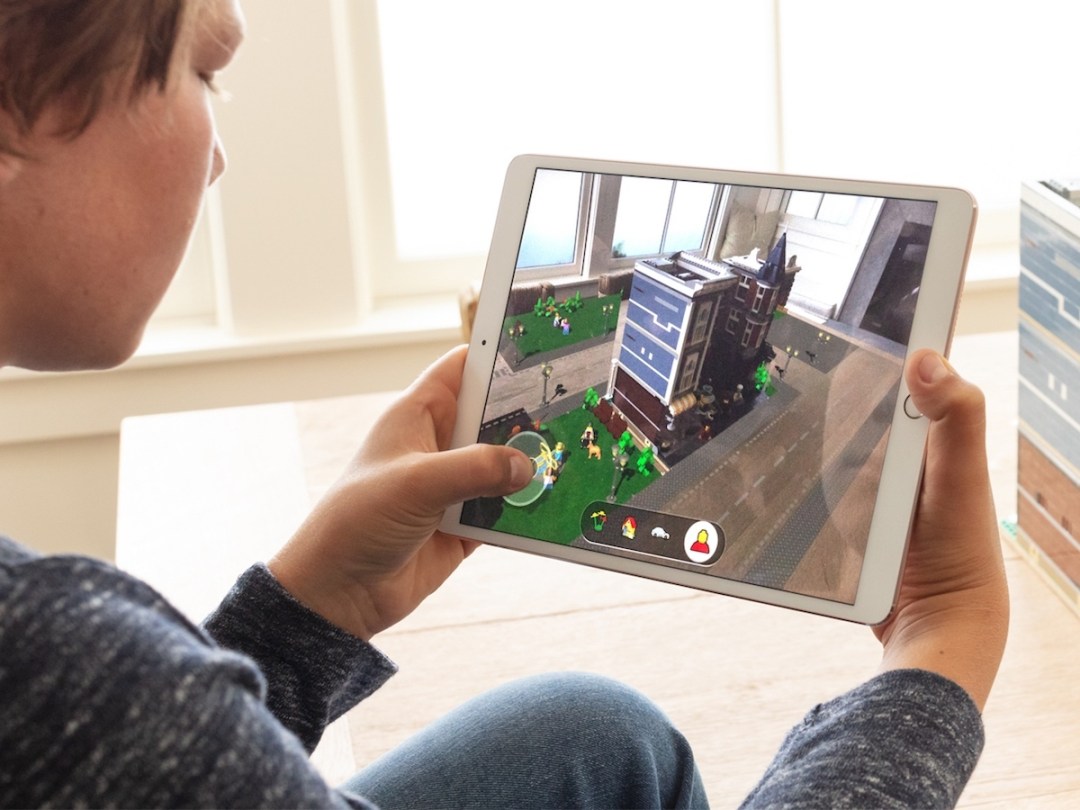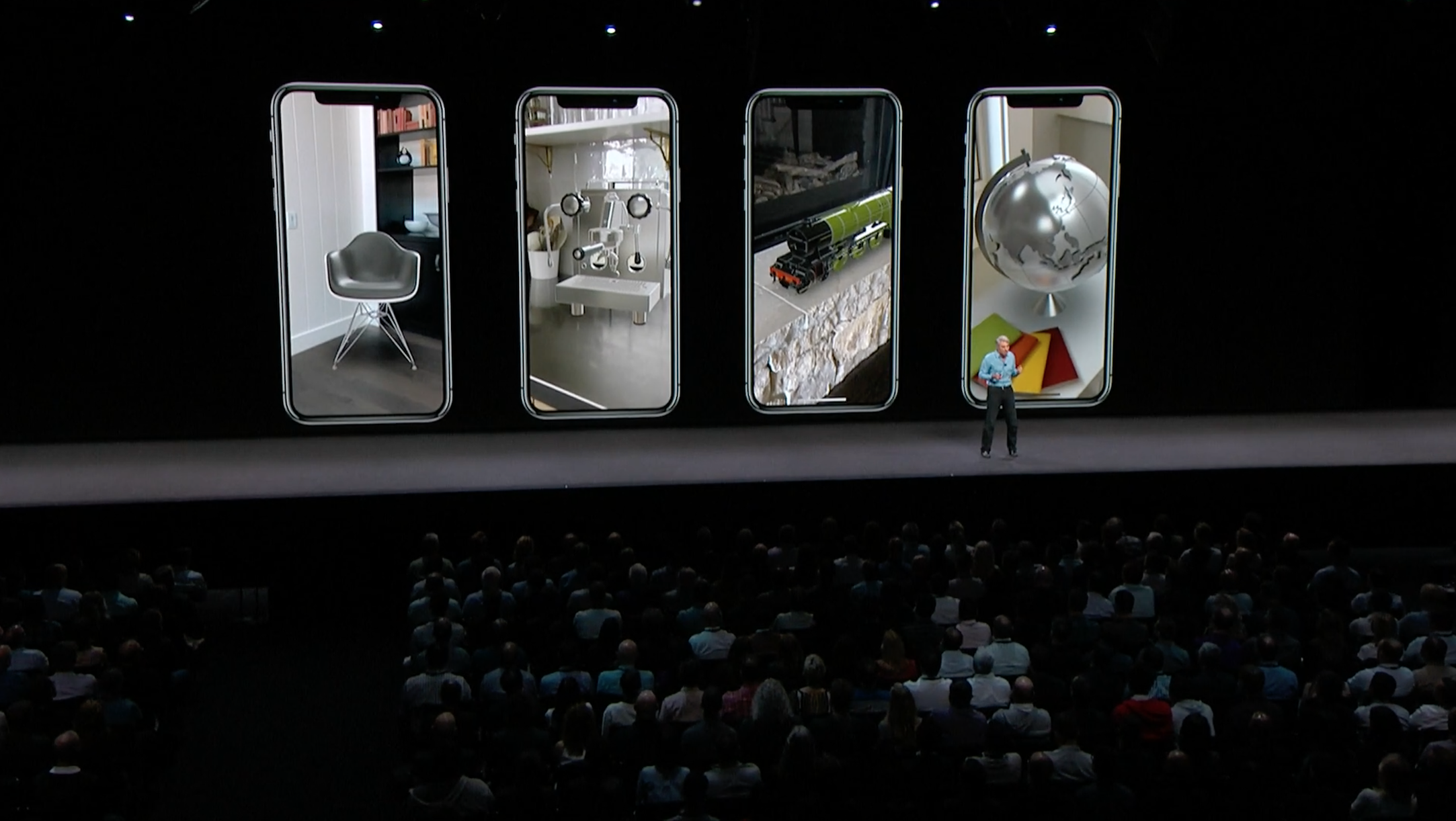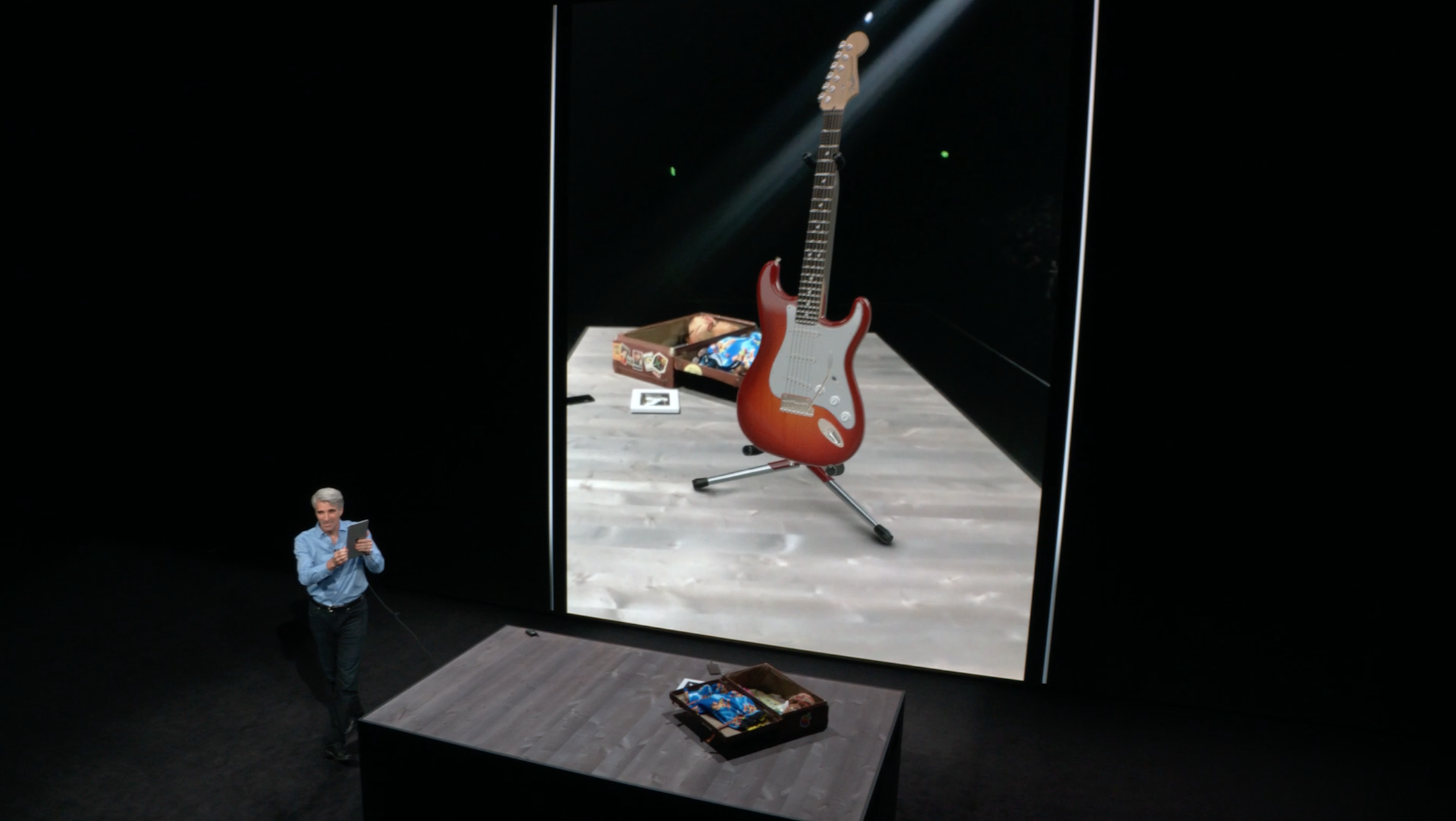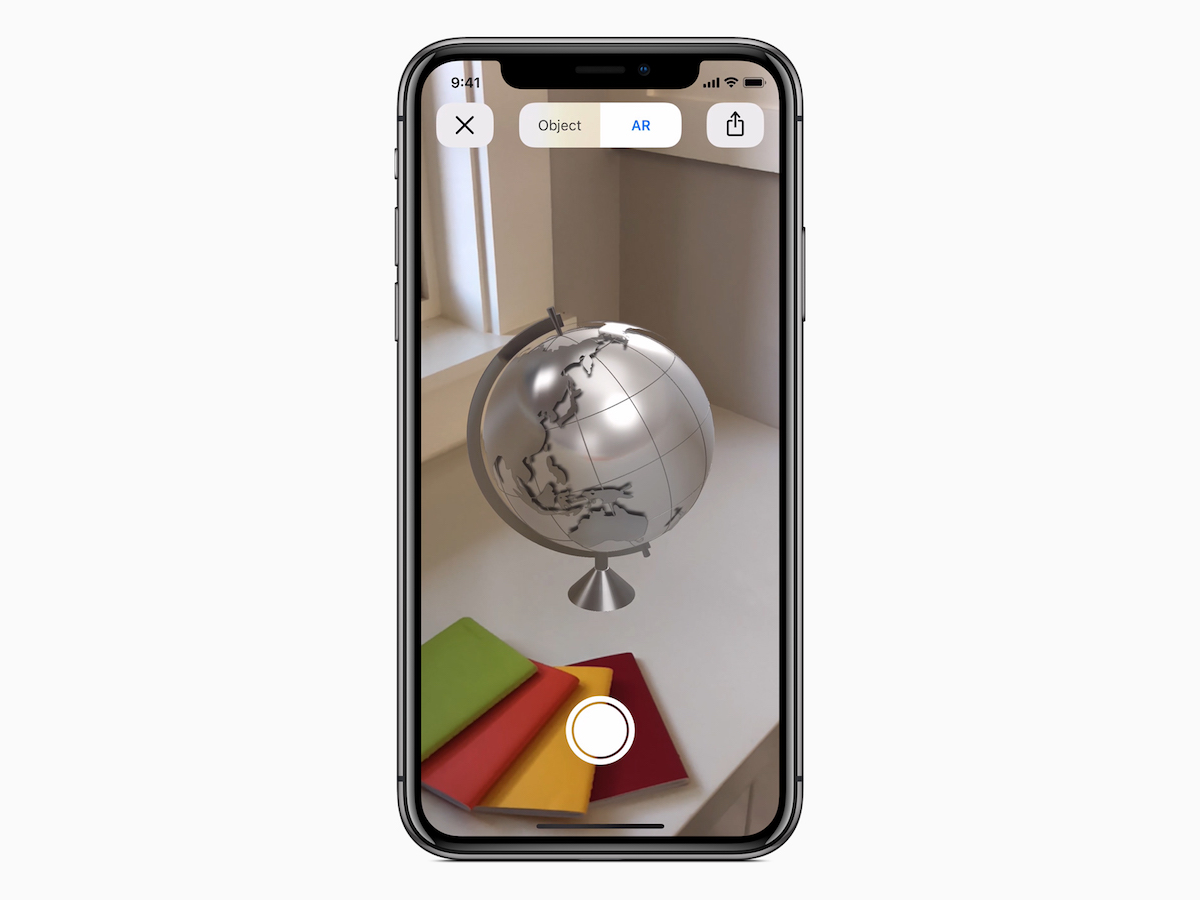WTF is Apple’s USDZ?
Pixar and Apple are making augmented reality a lot more useful in iOS 12

Apple and Pixar share some common origins: it was Steve Jobs himself who helped guide both companies into the absolute giants that they are today.
Now they are properly in cahoots with yesterday’s announcement of iOS 12 at Apple’s WWDC 2018 conference. And no, Pixar isn’t making exclusive movies for Apple devices. Instead, the two companies have collaborated on a new open file format for augmented reality called USDZ.
Why is that remotely interesting? Well, this format will make it easy for data to be shared between apps and devices, allowing augmented reality to become a much more useful part of our everyday lives. Curious what it’s all about? Here’s what USDZ is and why you should actually care.
What is USDZ?

USDZ is a new file format co-created by Apple and Pixar based on Pixar’s Universal Scene Description technology. The file format is a zip archive that collects the various bits of information needed for augmented reality experiences, making it possible to easily transfer that information between apps and devices.
In iOS 12, you’ll be able to experience augmented reality via a number of different apps, including Safari, Messages, Mail, Files, and News, with each capable of delivering the same kind of graphics and animation capabilities. For example, you could be browsing News and find an embedded AR experience that pertains to a story, and then tap on it and immediately start interacting with it.
USDZ is an open file format, although we’ll have to see how widespread adoption ends up being outside of the Apple-sphere.
How does USDZ work?

Essentially, it lets people and companies easily transmit augmented reality data. During the WWDC presentation, we saw a demonstration of Craig Federighi, Apple’s senior vice president of Software Engineering, customising a guitar on Fender’s website and then downloading a 3D model of the guitar using the USDZ file format. Using ARKit 2, he was then able to view the guitar at proper scale on a table via augmented reality.
Not only does USDZ make it easier to move AR content around, but more importantly, it gives that AR content a sense of permanence. Current AR experiences often feel like these flimsy, lightweight distractions that we spend a few minutes with, but may not offer significant lasting value. With USDZ, AR could start to feel more like a useful tool, and something we turn to on a more regular basis.
Also Read › 6 things Apple announced at WWDC 2018
What are the benefits?
According to Pixar, the benefits of this format include the ability to include all needed data in a single file, which may also be streamable. And it can be used without unzipping the contents to your device, which is critical for ease of use on smartphones and tablets.
As mentioned, USDZ also provides that ability to easily transfer data, or to customise something and then see it in augmented reality. Adobe says that USDZ files will be supported across its Creative Cloud applications, meaning you’ll be able to tweak an AR object in real time and then view it on your iOS device in augmented reality. Adobe will also release an iOS app for quickly creating AR content.
When is it coming?

The USDZ file format will be introduced alongside the enhanced ARKit 2, which arrives in iOS 12 this autumn. ARKit 2 brings enhanced face tracking, realistic-looking rendering, 3D object detection, persistent object placement in the digital version of your real world, and the ability to share multiplayer AR experiences with other local players.
On paper, USDZ doesn’t seem like a big feature – and you may never knowingly handle a USDZ file in your life. But that may be the beauty of it: the format will help make it incredibly easy to view and share AR experiences, and for developers to integrate them into all kinds of apps. If it can make augmented reality feel more common and useful, then that’s a big win in our book.



